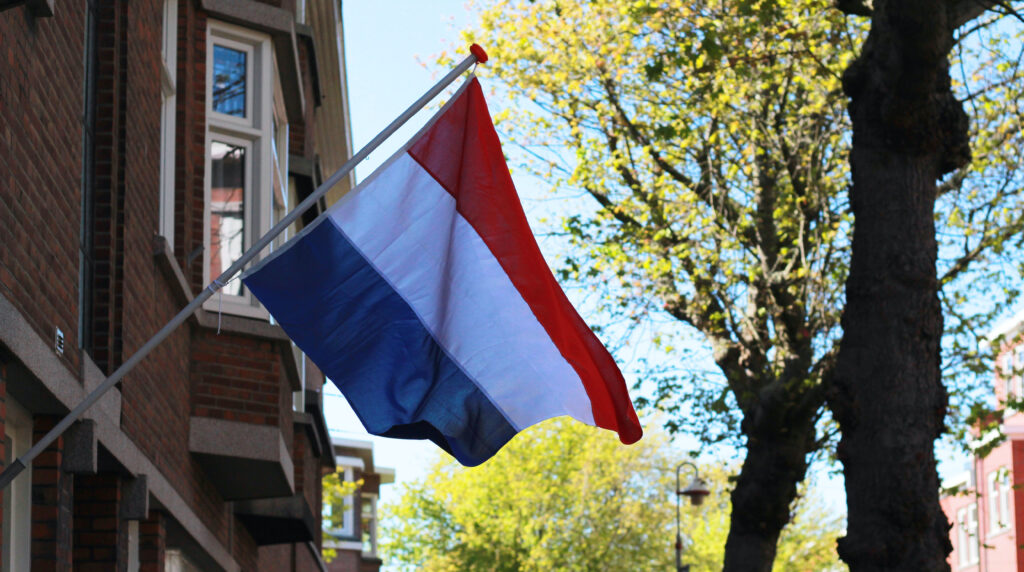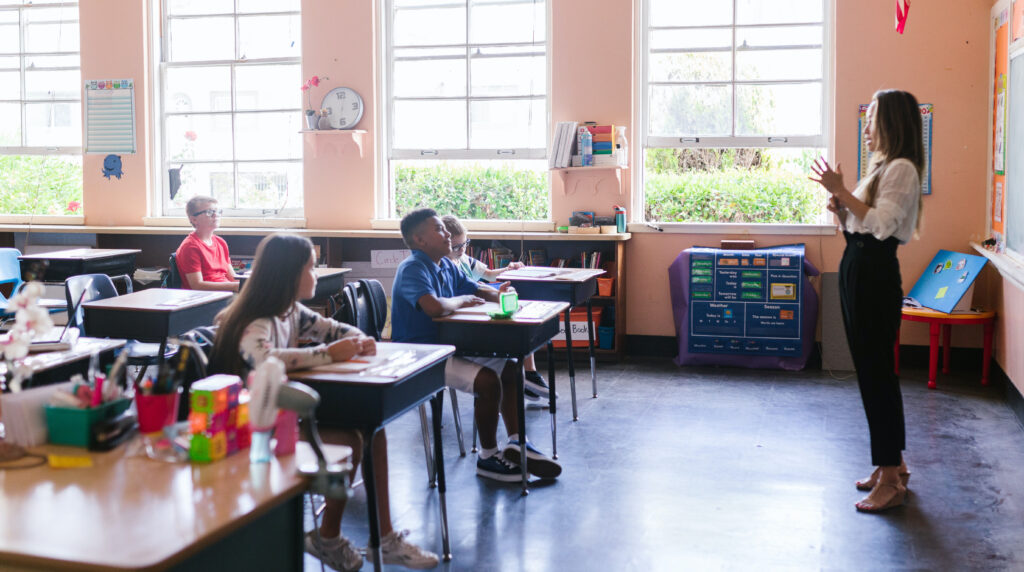You have probably heard about the education system in many countries, such as Canada, China, Finland, Singapore… These education systems have achieved excellent results and they are role models in other parts of the world. In fact, in Additio’s blog we have already talked about the Canadian education system.
One of the ideal academic systems is the Netherlands. Perhaps this is not the first name that comes to your mind when you think about an education role model, but their system has some particularities you should be aware of. to know.
Let’s see them in this post!

How is the Netherlands academic system organized?
Primary school
From 4 to 12 years old, children attend basic school, which is mandatory since they are 5 years old. Primary education is divided into 8 groups, and it is in the last group (group 8) that students take the CITO. CITO is a test that suggests the type of education appropriate for each student.
Secondary education: general considerations
After primary school, the students can continue their studies in three different types of secondary schools. These three types of schools are VMBO, HAVO or VWO, and the decision is taken according to the suggestions of the student council and the results of the CITO test.
Secondary education: VMBO
One of the options that the students have to pursue secondary education is the VMBO. This lasts for 4 years (normally takes from 12 to 16 years) and it’s what 60% study in the whole country.
In this kind of education, the theoretical education and the vocational education it’s combined, in different grades in the level you choose. Exist more theoretical, practical levels and the ones focused on the work market.
Secondary education: HAVO and VWO
The HAVO and VWO are more demanding than VMBO, the courses take longer. HAVO takes 5 years, from 12 to 17 years. Whereas, VWO takes 6 years, from 12 to 18 years.
The first 3 years of HAVO and VWO are basic formation years, and the last 2 or 3 years are focused on the specialization, as students need to choose a profile out of four options. This four profiles are:
- Cultural and society profile
- Economic and society profile
- Biology and natural science profile
- Tecnologic and natural science profile
With these profiles, students are taught on more specific subjects related to their future high school studies.
In the chart below the different years of the Netherlands education system are displayed according to the ages of the students.
| Academic year in the Netherlands | Years old |
| Grade 1 | 4-5 years old |
| Grade 2 | 5-6 years old |
| Grade 3 | 6-7 years old |
| Grade 4 | 7-8 years old |
| Grade 5 | 8-9 years old |
| Grade 6 | 9-10 years old |
| Grade 7 | 10-11 years old |
| Grade 8 | 11-12 years old |
| VMBO 1 or HAVO 1 or VWO 1 | 12-13 years old |
| VMBO 2 or HAVO 2 or VWO 2 | 13-14 years old |
| VMBO 3 or HAVO 3 or VWO 3 | 14-15 years old |
| VMBO 4 or HAVO 4 or VWO 4 | 15-16 years old |
| HAVO 5 or VWO 5 | 16-17 years old |
| VWO 6 | 17-18 years old |
More about the educational system in the Netherlands: that’s how a year works in the Netherlands
The Netherlands educational system divides the academic year in 4 trimesters, separated due to the scholar vacations. The Netherlands academic year usually starts in august or september, and finishes in june or july. But, depending on the zone where the students belong to (north, south or center), the dates can vary. With this, the vacation period is distributed to prevent all families from going on vacation at the same time.
Regarding schedules, the Netherlands students take classes in the morning shift, from 8:30 to 15:00h, with time left to try a sport or a hobby or to play in the afternoon. Also, on Wednesday they take part-time classes, and they finish at 12:00h.

Key characteristics of the educational system in the Netherlands
1. Clear focus on diversity and inclusion
The Netherlands education system works to attend to the different needs the students can have, to ensure they have equal conditions and opportunities than the other students.
On the one hand, the students with some kind of specific needs are welcomed in special needs schools. The students with some disabilities can attend these schools. Students can also study in a regular school. In these cases, they work for real inclusion, adapting the whole educational circle to the student and its needs.
2. Emphasis on autonomous learning
The Netherlands educational system is especially focused on improving the skills of their students to learn autonomous and independently. To accomplish that goal, in the different subjects they teach during the students’ education, teachers work on curiosity and critical thought, encouraging the students to learn for themselves.
Also, in the Netherlands education they try to build a healthy work environment, flexible and allowing co-working with their classmates. In that sense, students can learn from each other, and learn to take group decisions.
3. Excellent academic performance proved
The international assessments, such as the PISA, have proved the outstanding academic performance of the Netherlands students. In the last PISA assessment, the Netherlands achieved a superb ranking in math, science and reading, above the world’s average.
4. Flexible curriculum
The Dutch students have a wide variety of educational choices that can expand their interests and guide their education to what they are looking for in their future.
These educational options are particularly crystal clear in secondary education, when students have several types of schools at their disposal, depending on their CITO results and their personal interests.
As we have seen above, there are 3 types of secondary schools: WMBO, HAVO and VWO.
In addition, throughout the different educational stages, students have the possibility to choose among various optional subjects, which shape their interests.
5. Active participation of the families in the student’s progress
Last but not least is the high level of parental involvement that is expected. In general, there is regular communication between the families and the school to see how the students are doing. This is like our communication option with the families 😉 These communications between families and teachers can be telematic, but there are also face-to-face meetings to meet with teachers.
In addition, families form committees to make decisions regarding their children’s education, and organize educational events in which they are quite involved. The most important thing is to ensure active participation of families in the educational progress of their children.

What do you think we can learn from the Netherlands education system?
Although every education system is different, certainly there are some aspects of Dutch education that you found more interesting than others.
Let us know what you think!
We’ll be on our social networks waiting for your opinions: Facebook, Twitter, Instagram and Youtube.
Tot ziens!





